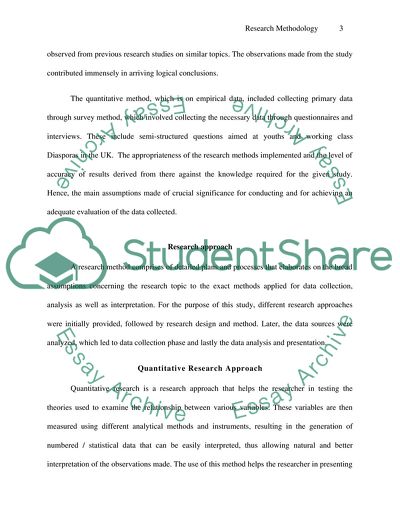Cite this document
(Georgian Diaspora Culture, Identity and Youth Work in the UK Research Paper Example | Topics and Well Written Essays - 4000 words - 3, n.d.)
Georgian Diaspora Culture, Identity and Youth Work in the UK Research Paper Example | Topics and Well Written Essays - 4000 words - 3. https://studentshare.org/sociology/1874481-georgian-diaspora-culture-identity-and-youth-work-in-the-uk
Georgian Diaspora Culture, Identity and Youth Work in the UK Research Paper Example | Topics and Well Written Essays - 4000 words - 3. https://studentshare.org/sociology/1874481-georgian-diaspora-culture-identity-and-youth-work-in-the-uk
(Georgian Diaspora Culture, Identity and Youth Work in the UK Research Paper Example | Topics and Well Written Essays - 4000 Words - 3)
Georgian Diaspora Culture, Identity and Youth Work in the UK Research Paper Example | Topics and Well Written Essays - 4000 Words - 3. https://studentshare.org/sociology/1874481-georgian-diaspora-culture-identity-and-youth-work-in-the-uk.
Georgian Diaspora Culture, Identity and Youth Work in the UK Research Paper Example | Topics and Well Written Essays - 4000 Words - 3. https://studentshare.org/sociology/1874481-georgian-diaspora-culture-identity-and-youth-work-in-the-uk.
“Georgian Diaspora Culture, Identity and Youth Work in the UK Research Paper Example | Topics and Well Written Essays - 4000 Words - 3”. https://studentshare.org/sociology/1874481-georgian-diaspora-culture-identity-and-youth-work-in-the-uk.


